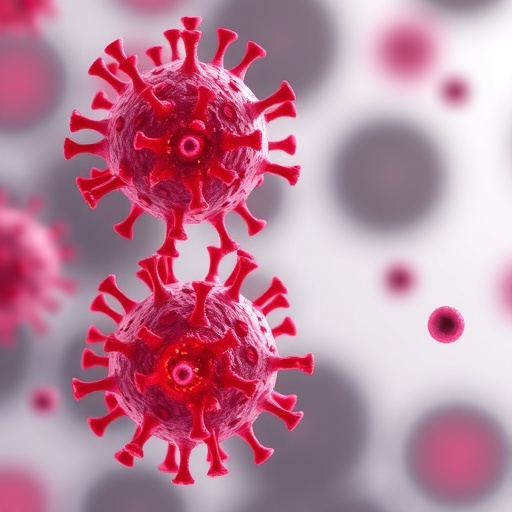Trauma to both mother and baby during vaginal deliveries, especially forceps deliveries, has increased in Canada in recent years, according to a large study published in CMAJ (Canadian Medical Association Journal).
Operative vaginal deliveries – using forceps or vacuum – have declined over the past few decades in the United States and Canada, while cesarean delivery rates have increased. These trends have led to recommendations to increase operative vaginal delivery rates to counter high numbers of cesarean deliveries, although both types of births carry risks.
The study included information on almost 2 million singleton hospital deliveries in 4 Canadian provinces — Alberta, Manitoba, Ontario and Saskatchewan — from April 2004 to March 2015. Rates of operative vaginal delivery and cesarean delivery were 18.2% and 26.6% in women who gave birth to their first child, 5.5% and 6.7% in women who had previously given birth vaginally, and 3.4% and 81.9% in women with a previous cesarean delivery.
Obstetric trauma among operative vaginal deliveries increased from 16.6% in 2004 to 19.4% in 2014 in first-time mothers and from 13.8% to 18.7% in women with a prior cesarean delivery. The largest increases in obstetric trauma occurred following forceps deliveries, with a rate of 19.4% in first time mothers in 2004 that increased to 26.5% in 2014. In women with a previous cesarean delivery, the obstetric trauma rate following forceps delivery increased from 16.6% to 25.5% over the same period. "Our population-level modelling showed that a 1% increase in the operative vaginal delivery rate in Canada may result in over 700 additional cases of obstetric trauma per year among first-time mothers alone," says lead author Dr. Giulia Muraca, Postdoctoral Fellow in the Department of Obstetrics & Gynaecology, University of British Columbia, Vancouver, BC.
Obstetric trauma includes a number of injuries to the mother during labour and delivery, including severe perineal tearing, and injuries to the bladder and urethra. "Severe perineal tearing accounted for 87% of the cases of obstetric trauma among operative vaginal deliveries in our study. Severe perineal tearing can cause significant long-term complications for women because such injuries can lead to impaired control of the bladder and bowel function as well as pelvic organ prolapse, one of the most common reasons for gynaecologic surgery" says Dr. Muraca.
The rate of severe birth trauma following operative vaginal delivery also increased in women delivering their first child, from 4.5 to 6.8 per 1000 deliveries from 2004 to 2014 and from 6.5 to 10.6 per 1000 deliveries in women with a previous vaginal delivery.
These increases in obstetric and severe birth trauma among women having an operative vaginal delivery occurred during a period when rates of operative vaginal delivery decreased in Canada by 11%. This contrasts with declining rates of trauma and operative vaginal delivery in the United States.
"Recommendations to reduce cesarean delivery rates by increasing rates of operative vaginal delivery should be tempered by the understanding that such actions may be associated with higher rates of obstetric trauma," according to Dr. Muraca and coauthors.
The findings provide population-level data that could inform efforts to increase operative vaginal delivery rates. "These results should make policy-makers cautious about recommending increased operative vaginal delivery without improving training, skill and oversight associated with operative vaginal delivery."
However, caution is advised in moving away completely from operative vaginal delivery, writes Dr. Christopher Ng, Department of Obstetrics & Gynaecology, University of British Columbia in a related commentary http://www.cmaj.ca/lookup/doi/10.1503/cmaj.180668. "It is not easy to find the optimal balance of risks and benefits among operative vaginal delivery, trial of labour after cesarean, and cesarean delivery. Unfortunately, that discussion may be cut short as we run the real risk of having the skills for operative vaginal delivery wither because of the difficulty in training future providers."
"Ecological association between operative vaginal delivery and obstetric and birth trauma" is published June 18, 2018.:
###
Media Contact
Kim Barnhardt
[email protected]
@CMAJ
http://www.cmaj.ca/




